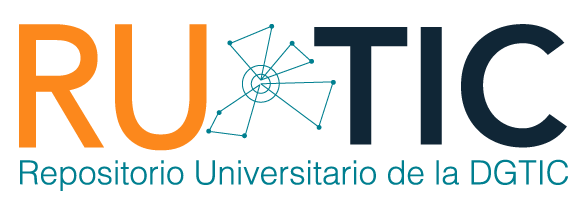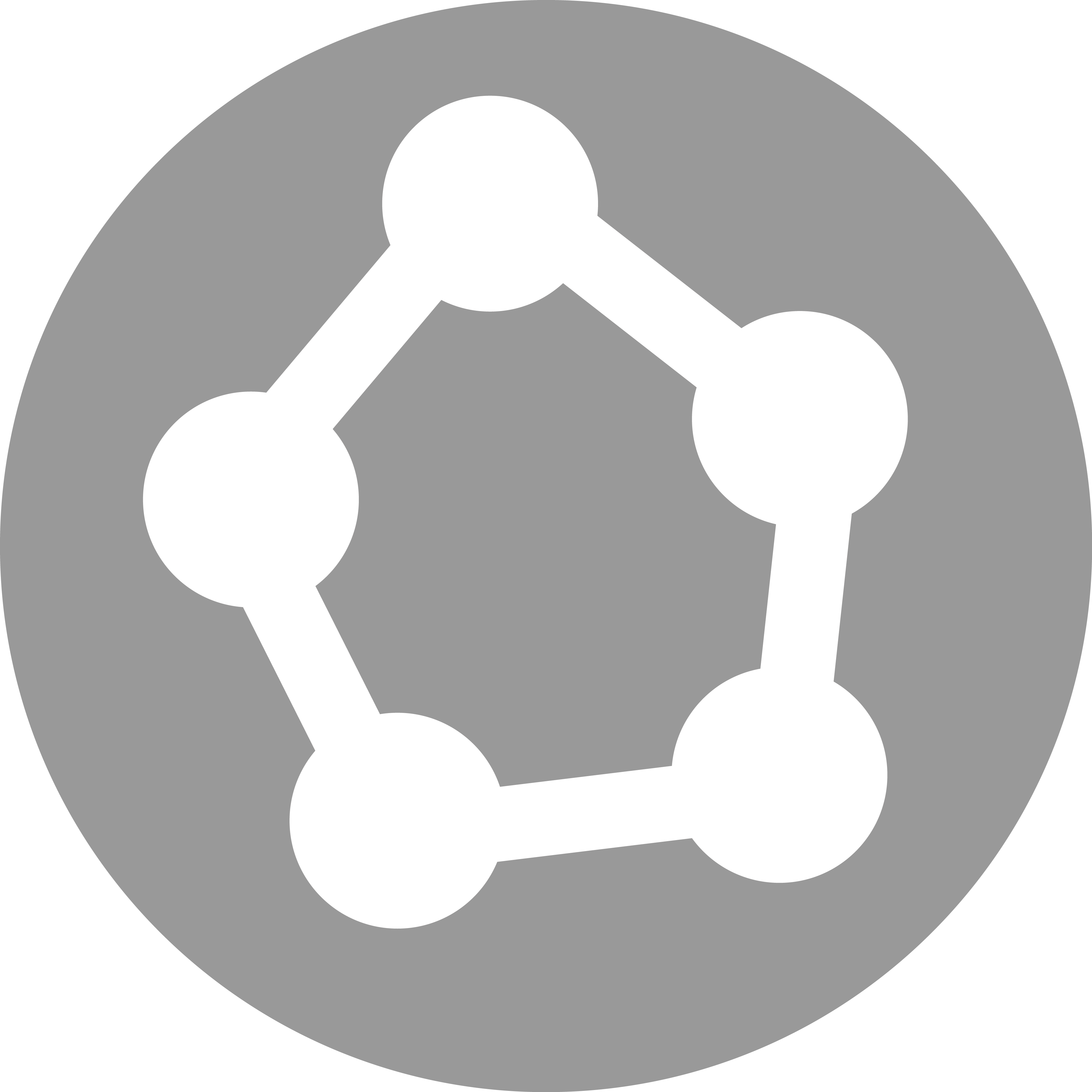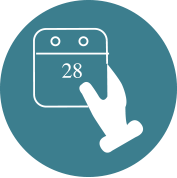| dc.coverage.spatial | MX | |
| dc.date.accessioned | 2018-06-28T04:56:25Z | |
| dc.date.available | 2018-06-28T04:56:25Z | |
| dc.date.issued | 2007-10-10 | |
| dc.identifier.uri | https://ru.tic.unam.mx/handle/123456789/1321 | |
| dc.description | Trayectos | |
| dc.description.abstract | A final de la década de los noventa se abrió paso a la era de las aplicaciones de banda ancha, varias son las opciones que encuentran las compañías para brindar nuevos servicios a la creciente demanda de sus clientes, entre ellas las ya existentes líneas de la red digital de servicios integrados (RDSI). Esto posibilita una gran variedad de servicios, pero aun ésta seguía siendo banda estrecha. Posteriormente, la aparición de los módems xDLS, abren paso a la verdadera era de las aplicaciones de banda ancha. xDSL es un grupo de tecnologías de comunicación que permiten transportar información multimedia a mayores velocidades, que las que se obtienen actualmente vía MODEM, simplemente utilizando las líneas telefónicas convencionales.Puesto que la red telefónica también tiene grandes limitaciones, tales como la de que su ancho de banda tan solo llega a los 4Khz, no permite el transporte de aplicaciones que requieran mayor amplitud de banda, nace la tecnología DSL (Digital Subscriber Line), que soporta un gran ancho de banda con unos costes de inversión relativamente bajos y que trabaja sobre la red telefónica ya existente, y que convierte la línea analógica convencional en una línea digital de alta velocidad. Son unas tecnologías de acceso punto a punto a través de la red telefónica pública (circuitos locales de cable de cobre) sin amplificadores ni repetidores de señal a lo largo de la ruta del cableado, que soportan un gran ancho de banda entre la conexión del cliente y el primer nodo de la red, que permiten un flujo de información tanto simétrico como asimétrico y de alta velocidad sobre el bucle de bonado.xDSL es una tecnología en la que se necesita un dispositivo módem xDSL terminal en cada extremo del circuito de cobre, que acepte flujo de datos en formato digital y lo superponga a una señal analógica de alta velocidad. De todas las variantes conocidas el ADSL es la que predomina por ser más factible económicamente, aunque se prevé que el VDSL, tomara lugar prominente por permitir mayores velocidades. Estas tecnologías utilizan modernas técnicas de modulación y codificación como son: 2Bb1Q, CAaP, DMT, DWMT, versión modificada de DMT, a velocidades de 13 a 55 Mb/s, las de velocidades diferentes de ambos sentidos de flujo de información | es_MX |
| dc.description.abstract | The end of the 1990s saw the introduction of broadband applicastions, many of which are used by telephone companies to offer new services in response to the growing demand of their clients, among them the already existing line of Integrated Service Digital Network (ISDN) which facilitates a large number of services, even though still a narrow band service. The subsequent introduction of the xDSL modem will signal the true arrival of the broadband applications era. xDSL represents a similar technological group all of which provide broadband access over local copper cable circuits. Of all the above variants ADSL prevails, being financially the most accessible, although it would appear that VDSL will be more successful as it gives higher transmission speeds. Theese technologies use modem coding and modulation techniques like: 2B1Q, CAP, DMT, DWMT, a modified version of DMT, with speeds from 13 to 55 Mb/s. The speed varies deeding on the direction of the information flow. Since the wire net also has great limitations, such as the one of that its bandwidth only arrives at 4Khz, it does not allow the transport of applications that require greater amplitude of band, the technology DSL is born (Digital Subscriber Line), that supports great a bandwidth with relatively low costs of investment and that works on already existing the wire net, and that the conventional analogical line turns a digital line of high speed. They are access technologies point to point through public the wire net (local circuits of copper cable) without repeating amplifiers nor of signal throughout the route of the wiring, that support great bandwidth between the connection of the client and a first node of the network, which they allow a flow of symmetrical information as as much asymmetric and high speed on the subscriber curl.xDSL is a technology in which a device is needed terminal modem xDSL in each end of the circuit of copper, that accepts data flow in digital format and it superposes it signal to an analogical of high speed. Of all the well-known variants the ADSL is the one that predominates for being more feasible economically, although it is anticipated that the VDSL, took prominent place to allow greater speeds. These technologies use modern techniques of modulation and codification as they are: 2B1Q, CAP, DMT, DWMT, modified version of DMT, at 55 speeds from 13 to Mb/s, those of speeds different from both senses of information flow | en |
| dc.format | html | |
| dc.format | application/pdf | |
| dc.format.extent | 15.54 KB | |
| dc.format.extent | 364,69 KB | |
| dc.language | spa | |
| dc.publisher | Universidad Nacional Autónoma de México. Dirección General de Cómputo y de Tecnologías de Información y Comunicación. Revista Digital Universitaria | |
| dc.relation.isformatof | http://www.revista.unam.mx/vol.8/num10/art82/oct_07_art82.pdf | |
| dc.relation.ispartof | http://www.revista.unam.mx/index_oct07.html | |
| dc.rights | openAccess | |
| dc.source | Revista Digital Universitaria (1607 - 6079). Vol.8, No.10 (2007) | |
| dc.subject | Líneas de abonado digital | |
| dc.subject | Banda ancha | |
| dc.title | xDSL en el Lazo de abonado | es_MX |
| dc.title.alternative | XDSL in the bow of the abandonment | en |
| dc.type | article | en |
| dc.subject.keywords | xDSL, DSM | |
| dc.identifier.url | http://www.revista.unam.mx/vol.8/num10/art82/int82.htm | |
| dc.creator | HECTOR ENRIQUE GAONA FLORES | |
| dc.rights.url | http://creativecommons.org/licenses/by-nc-sa/4.0 |
Files in this item
This item appears in the following Collection(s)
COMPARTE
BÚSQUEDA
Escriba el texto a buscar en DSpace
CONTACTO
El Repositorio Universitario de la DGTIC se edita en la Dirección General de Cómputo y
de Tecnologías de Información y Comunicación (DGTIC), de la Universidad Nacional Autónoma de México (UNAM)
Circuito Exterior s/n, Ciudad Universitaria, Coyoacán, C.P. 04510, México, D.F
Tel: +(52) (55) 56228166 Email: rutic@unam.mx









 ¿Qué es un repositorio...?
¿Qué es un repositorio...? ¿Qué beneficios obtengo...?
¿Qué beneficios obtengo...? ¿Qué tipo de recursos...?
¿Qué tipo de recursos...? Preguntas frecuentes
Preguntas frecuentes